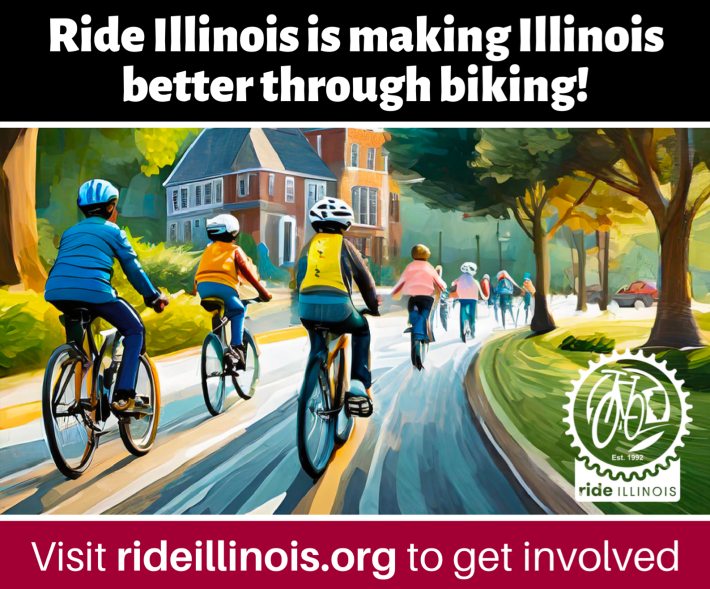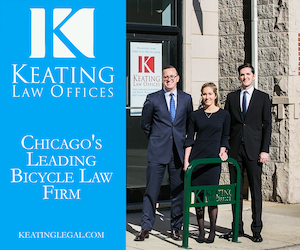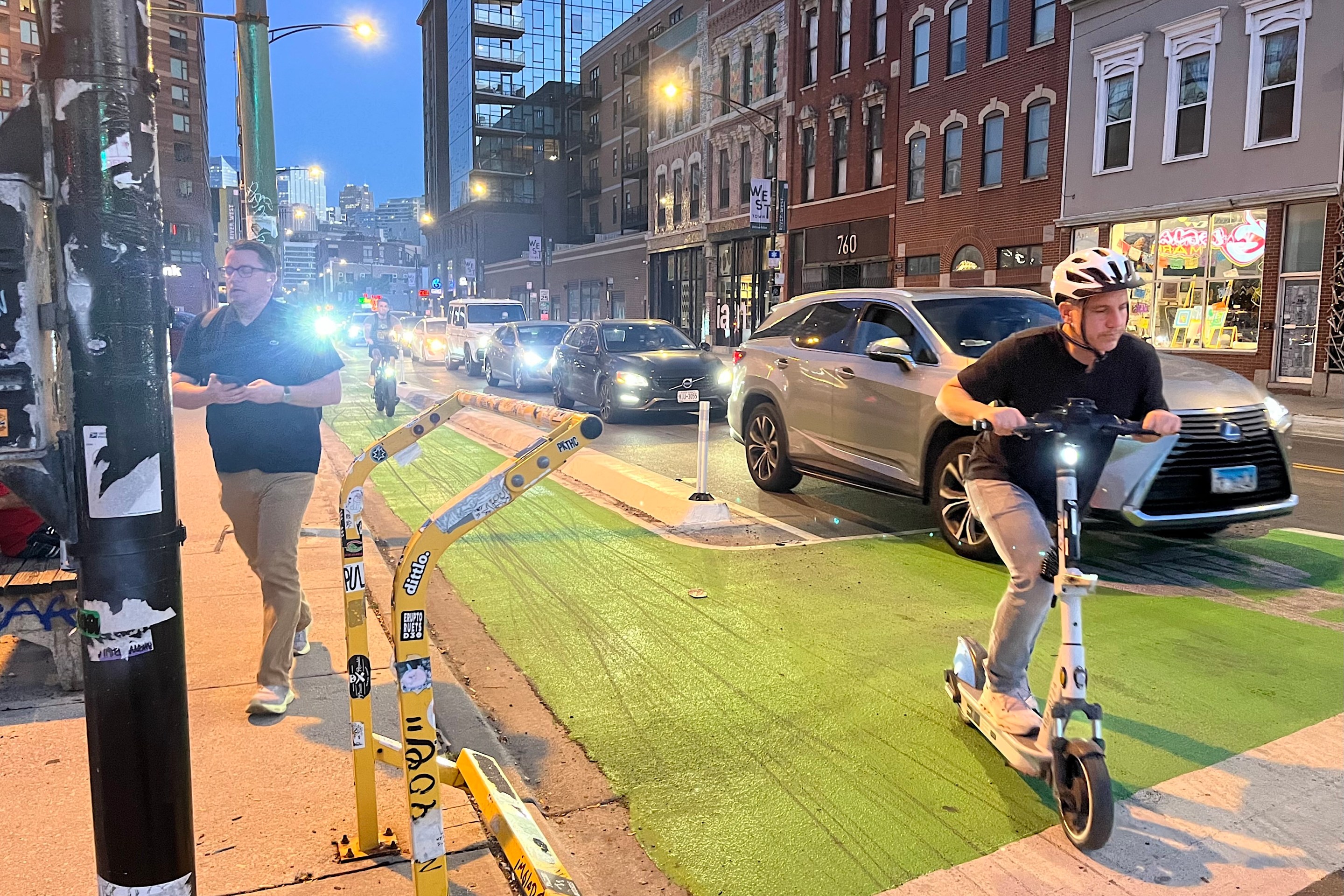
By Alex Baum, Regional Director – ERA-co
Progress shouldn't be measured by taller towers anymore. It should be measured by how smartly a city repurposes the steel and concrete it already owns.
In fact, the pivot from "build bigger" to "reuse better" is already showing up (and has been for over a decade) in two top projects: New York’s High Line and Chicago’s Bloomgdale Trail, aka The 606. The High Line is a 1.5-mile rail remnant transformed into a global attraction, and the Bloomingdale is almost three miles of elevated trail woven through economically and racially diverse neighborhoods.
Both projects started as freight spurs left to rust in plain sight, yet they serve very different audiences. The High Line delivers a curated skyline walk and fuels a billion-dollar real estate halo on Manhattan’s West Side. The Bloomingdale, by comparison, was completed for half the cost. And, unlike its Big Apple cousin, it's open to both bicycle and pedestrian use, and provides a safe and scene crosstown commuting route.
Line them up and you can judge the hard stuff (cost, crowd, community impact) without squinting at renderings. That side-by-side lens is where this story begins.
Anatomy of a price tag
The headline numbers tell a blunt story. The High Line’s three phases, plus its 2023 Moynihan Connector, have amassed roughly $230 million in public and private capital for 1.45 miles of parkway. Chicago’s Bloomingdale Trail came online in 2015 at a cost of $95 million for 2.7 miles, funded half by a Congestion Mitigation and Air Quality grant, with the balance split among the city, state, and private donors.
In other words, New York paid more than double for half the length. Construction, inflation, New York labor premiums, and a bespoke landscaping bckground all play a part, but so does ambition. Whereas the High Line set out to become a global design icon, the Bloomingdale aimed to be a neighborhood main street.
Visitors vs. locals
Ambition shapes audiences. The High Line welcomed eight million visitors in 2019, roughly 80 percent of whom were tourists. The 606, by contrast, averages 1.2 to 1.3 million annual users, drawn from the four neighborhoods it threads together.
For planners, the lesson is straightforward. Where spectacle scales, utility sticks close to home.
The equity ledger
Popularity brings baggage. In New York, condos cantilever over the High Line, their glass facades doubling as billboards for the park below. A 2020 study recorded a 35 percent bump in nearby housing values attributable to the elevated garden.
Chicago saw an even sharper gradient in some areas. Since the Bloomingdale Trail's opening ten years ago, home prices west of Western Avenue within a half mile of the greenway jumped 48 percent. That was triple the rise in the (already-gentrified) areas east of Western within a half mile of the greenway.

Scholars have coined the term “green gentrification” to describe this phenomenon, warning that park access can lead to displacement if left unchecked.
City halls have responded differently. New York leaned into market forces, banking on rezoning premiums and payments-in-lieu to fund the park. Chicago tried the defensive play: A 2024 anti-gentrification ordinance now slows teardowns and speculative flips within a half-mile of the trail, buying longtime residents breathing room even as values climb.
Design DNA: Catwalk vs. commute
Walk the High Line at sunset, and you glide past curated prairie grasses, public-art plinths, and balconied restaurants. The path narrows, then widens in choreographed beats, more catwalk than corridor.
The Bloomingdale Trailreads differently, featuring a ten-foot-wide paved path for bike riders, with two-foot-wide soft running tracks alongside it, as well as frequent ramps, and modest planting beds chosen for salt tolerance and shade. Where New York dramatizes the journey, Chicago optimizes throughput.
However, that divergence is intentional. Manhattan already has Hudson River bikeways, but needed an elevated promenade. Chicago’s northwest neighborhoods needed safer east-west mobility, so they got an elevated commuter route.
Carbon math still favors repurposing
Despite their contrasts, both projects confirm what life-cycle accounting tells us: reusing girder and ballast beats pouring virgin concrete. The World Economic Forum estimates that the embodied-carbon savings of adaptive reuse exceed those of comparable new construction by more than a third, giving mayors a climate win without waiting for net-zero steel to reach market prices. Each viaduct preserved approximately 22,000 tons of structural steel (the equivalent of taking almost 4,500 cars off the road for a year) while sidestepping the litigation risk associated with demolition debris hauls.
Furthermore, operational carbon stays low long after the ribbon-cutting since elevated paths need no heavy HVAC gear, and their LED lights draw about as much juice as a corner deli’s fridge cases. The greenery does the real work: the High Line’s plantings pull roughly 15 tons of CO₂ from the air each year, while the Bloomingdale Trail’s larger canopy triples that haul. Over a 60-year lifespan, the two parks eliminate close to 3,000 tons of emissions — climate savings they achieve simply by existing.
Reading the Metrics
Early target-setting separates enduring landmarks from pretty renderings. Where New York’s team projected tax-increment gains tall enough to dwarf capital outlays, the city has since logged $5 billion in adjacent private development, validating the forecast.
Chicago’s Trust for Public Land began with an equity rubric: Every child in four census tracts would have access to a park within a 10-minute walk. By 2019, that promise held for 87 percent of residents, up from 48 percent before the trail was built.
Neither metric was accidental. Both drove alignment among agencies, funders, and neighbors. Lessons in twin relief
The High Line and the Bloomingdale are not rival prototypes but complementary case studies. Together, they argue that:
- Context trumps copy-paste: Where Manhattan needed a cultural promenade, Near Northwest Side of Chicago needed an active transportation spine. Each city received its greenway, along with the necessary grid and political support.
- Equity tools must arrive before the ribbon is cut: Tax abatements, anti-flip ordinances, and community land trusts work best when integrated early, not bolted on after property values surge.
- Design should echo demand, not wishful nostalgia: Tourists tolerate meandering boardwalks; commuters crave straight lines and clear sightlines. Metrics will expose the mismatch if planners care to look.
A lesson from two firsts
Abandoned rail corridors are the unfinished sentences of our metropolitan stories. Handle them with precision and empathy, and they become civic poetry: rails recast as rooted ribbons of public life.
While the High Line speaks in the global accent of destination architecture, the Bloomingdale Trail answers in the clipped cadence of neighborhood necessity. Neither is the definitive template. They are complementary dialects in a language cities are still learning to conjugate: the grammar of reuse.
The real question is not which line wins the beauty contest. Instead, it is which dormant corridor in cities like Houston, São Paulo, or Sydney will next be coaxed from silence once we remember how to read the margins.

Alex Baum is the Regional Director for North America as well as ERA-co’s Global VP of Strategy. Having held senior brand strategy roles on global consumer brands at some of the world’s best advertising agencies, as well as leading the brand strategy & communications discipline at Howard Hughes — the publicly-traded development company — he brings a unique perspective to Placemaking that emphasizes the importance of creating memorable, distinctive, and culturally relevant experiences for long-term value-creation. Alex is proud to have established methods and processes that allow ERA-co to impact projects well beyond the creation of sound strategies and into being an active and influential advisor to clients through the long and non-linear lifecycle of a project’s development.

Do you appreciate Streetsblog Chicago's paywall-free sustainable transportation reporting and advocacy? We officially ended our 2024-25 fund drive in July, but we still currently need $42.5K to complete our budget and keep publishing at full strength in 2026. We'd appreciate any leads on potential major donors or grants. And if you haven't already, please consider making a tax-deductible donation to help us continue publishing next year. Thanks!





